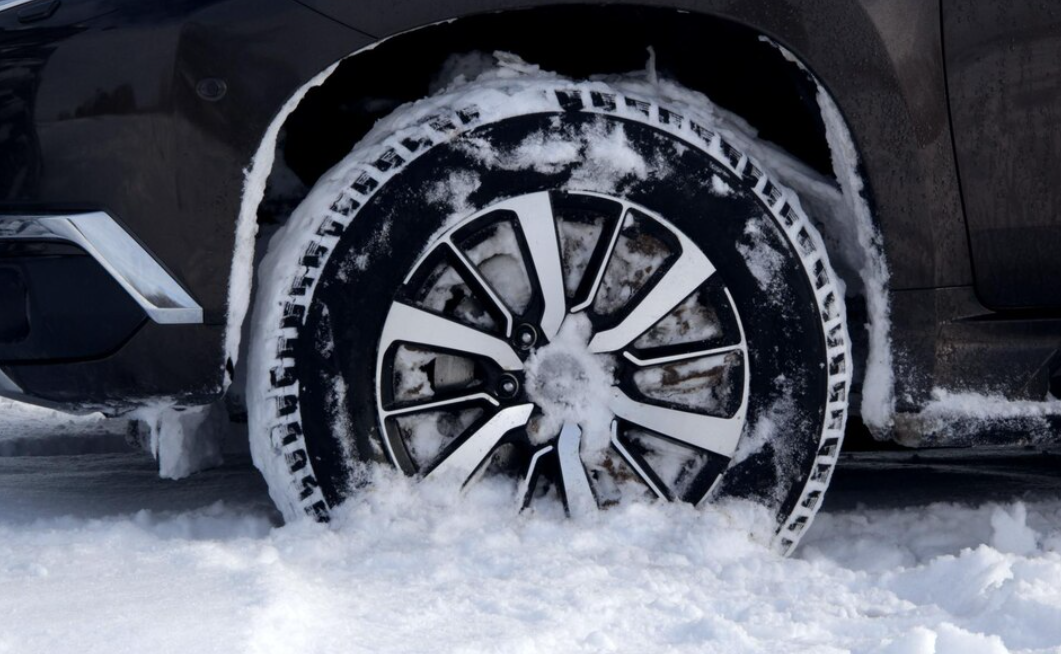The Importance of Winter Tires in Colder Climates
Living in colder climates presents various challenges, and among the key factors for safe and effective winter driving, the use of winter tires stands out. Although all-season tires may appear adequate, winter tires possess distinctive designs and specialized rubber compounds that are purpose-built to handle the harsh conditions and low temperatures prevalent in colder climates. In this article, we will delve into the significance of winter tires, emphasizing the advantages they provide in terms of safety and performance enhancement during the winter season.

What Are Winter Tires and How Do They Differ From All-Season Tires?
Winter tires are tires specially made to perform well in winter weather conditions. They differ from all-season tires in several key ways. Winter tires have a unique tread pattern with deeper grooves and sipes that effectively channel away snow, slush, and water, maximizing grip on slippery surfaces. They are made of a unique rubber composition that maintains flexibility in cold weather, improving grip on snow and ice. While all-season tires are made to function satisfactorily in a range of situations all year long, winter tires excel at improving acceleration, braking, and cornering characteristics in cold weather. Winter tires are designed for seasonal usage during the winter and perform best below 45°F (7°C), but all-season tires can be used all year. It's crucial to keep in mind that while winter tires increase safety, careful driving and adapting to icy circumstances are still necessary for the best level of road safety.

Enhanced Traction: Winter tires are designed to provide exceptional traction on snow, slush, and ice-covered roads. The specialized tread pattern and rubber compound work together to increase grip, allowing for better acceleration, braking, and cornering in winter conditions. This improved traction helps drivers maintain control and reduces the risk of accidents.
Improved Braking Performance: Effective braking is one of the most important parts of winter driving. Compared to all-season tires, winter tires are especially designed to provide shorter stopping distances on ice and snowy conditions. The deep grooves and sipes in the tread pattern help evacuate water and slush, allowing the tire to maintain contact with the road and maximize braking power.
Increased Handling and Stability: Winter tires enhance the handling and stability of a vehicle in cold climates. Their unique tread design and flexibility enable better grip during turns and maneuvers, reducing the chances of skidding or sliding. This improved handling provides drivers with greater confidence and control on slippery surfaces, enhancing overall safety.
Cold Temperature Performance: Winter tires are formulated with rubber compounds that remain flexible even in extremely cold temperatures. Unlike all-season tires, which may harden and lose traction in freezing conditions, winter tires retain their elasticity and grip, ensuring reliable performance. This is particularly beneficial in regions with consistently low temperatures throughout the winter season.
Reduced Risk of Aquaplaning: Aquaplaning, or hydroplaning, occurs when a layer of water builds up between the tires and the road surface, leading to loss of control. Winter tires' tread design with deep grooves and sipes effectively channels water away, reducing the risk of aquaplaning. This feature is especially valuable in areas where winter conditions often involve a mix of snow, slush, and rain.
Peace of Mind: Equipping your vehicle with winter tires provides peace of mind during the winter season. Knowing that your tires are specifically designed to tackle challenging winter conditions can alleviate anxiety and increase confidence behind the wheel.
Begin by verifying the recommended tire size for your automobile to ensure a proper fit. Look for the winter tire symbol, such as the Three-Peak Mountain Snowflake, which indicates its suitability for winter conditions. Evaluate the typical winter weather in your area to gauge the level of snow and ice traction required. Focus on the tread pattern and design, giving preference to deep grooves and sipes that effectively evacuate snow and slush. Pay attention to the tire's rubber compound, aiming for one that remains flexible in cold temperatures to enhance grip. Reading reviews and ratings specific to your vehicle type can provide valuable insights into performance and reliability. Take into account your driving preferences and establish a budget while prioritizing safety and performance. If needed, consult tire specialists or mechanics for informed guidance. By considering these factors, you can choose the best winter tires that ensure optimal traction, handling, and safety throughout the winter season.

Professional installation of winter tires is essential to ensure proper and safe performance. Tire professionals possess the necessary expertise, experience, and specialized equipment to correctly mount and balance the tires. Their knowledge helps prevent installation errors that could compromise tire performance and safety. By entrusting the installation to professionals, you can save time and effort while ensuring that the tires are aligned, balanced, and installed according to manufacturer specifications. This meticulous approach maximizes the traction, handling, and braking capabilities of the winter tires in challenging winter conditions. Additionally, professional installers often provide additional services like tire inspections and rotations, contributing to the overall maintenance and longevity of your winter tires. Prioritizing professional installation guarantees peace of mind and optimizes the safety and effectiveness of your winter tire investment.
-
Are winter tires only necessary if there is heavy snowfall in my area?
Winter tires are not solely necessary for heavy snowfall areas. Even in regions with milder winters but frequent cold temperatures, winter tires play a crucial role. They provide better traction on cold surfaces and enhance handling and braking performance on icy roads. Winter tires' specialized design and rubber compound ensure that your vehicle maintains grip and control in a wide range of winter conditions, making them beneficial regardless of the amount of snowfall.
-
Can I just use two winter tires on my vehicle?
It is generally recommended to install a complete set of four winter tires on your vehicle, rather than using only two. Using two winter tires on either the front or rear wheels can create an imbalance in handling and may result in unpredictable behavior during braking and cornering. Having a complete set of winter tires ensures balanced traction and control on all four wheels, maximizing the benefits of winter tire performance.
Read more review here: The 10 Best Car Seat Covers Of 2023












